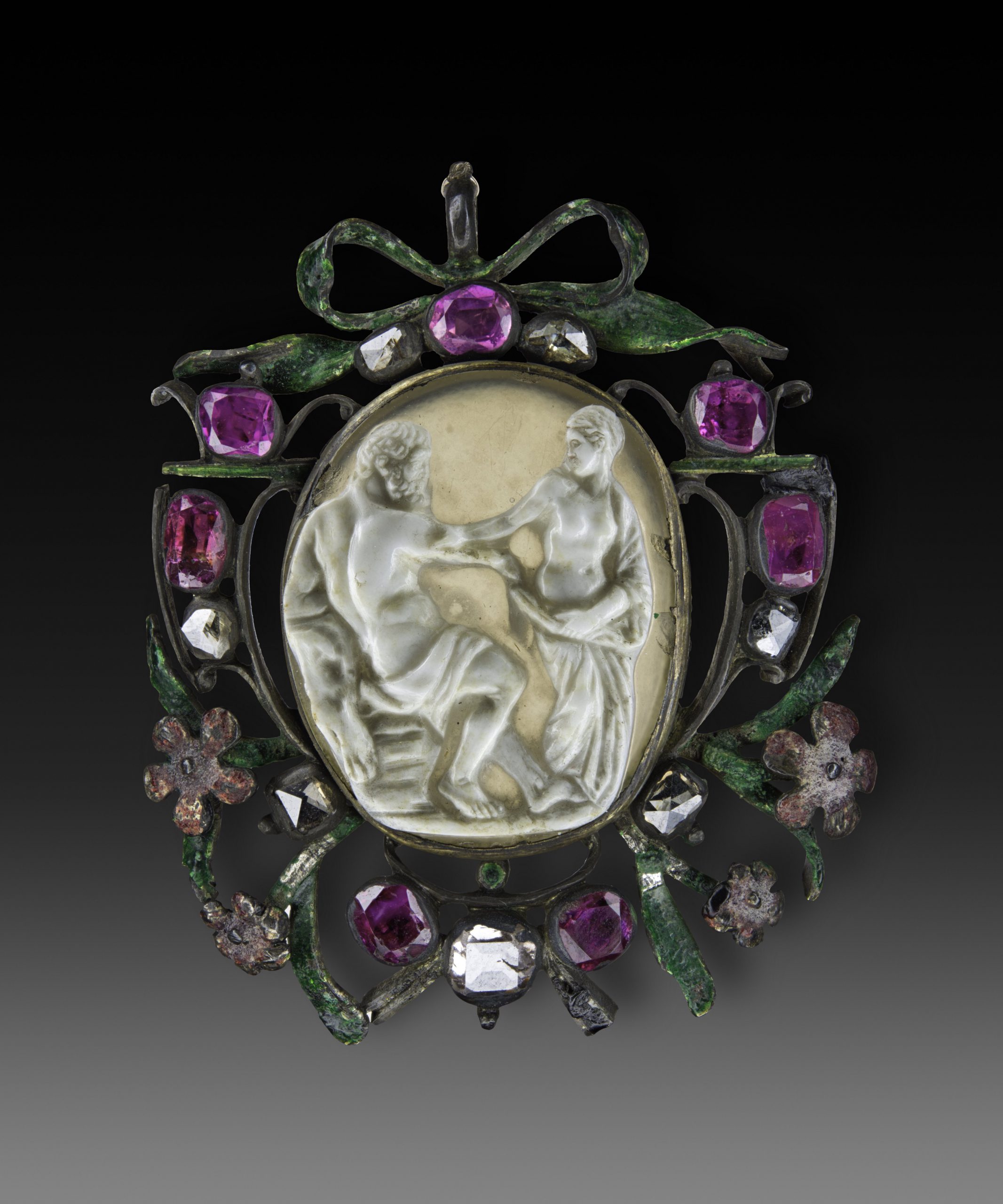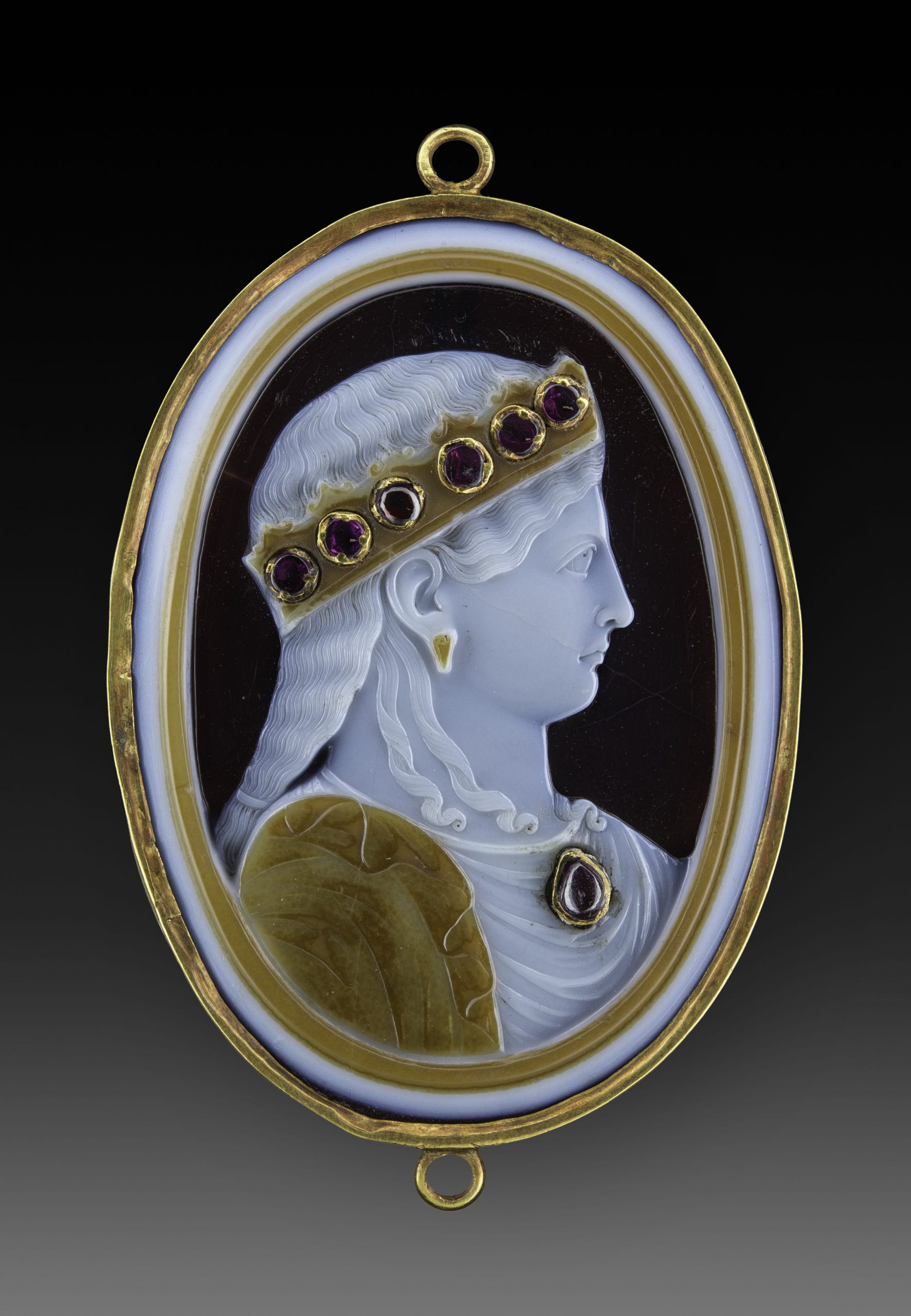Florence’s Archeological Museum has begun a new chapter in its history. Thanks to a contribution by Friends of Florence, a new section dedicated entirely to the prolific Medici and Lorraine ancient gem collections is now on display. Counting 2,300 pieces, the museum is home to the largest and most important gem collection in the world, comprising a timeline that ranges from 2300 BCE to the Renaissance.

Ph. Friends of Florence
The Medici’s renowned collecting habits were a cornerstone of their time in power, and their part of the gem collection is no exception. Lorenzo the Magnificent purchased what would become the original core of the collection, which went on to develop over the centuries, ending with Gian Gastone and Anna Maria Luisa, the last two heirs to the family, before passing the torch to the Lorraine family.
The new display showcases 432 gems in the collection, which include objects like seals, cameos, intaglio carvings, glass pieces, magical gems, and rings in their original Roman-era or Renaissance settings. Despite their considerable size, the collections were kept in storage prior to the opening of the new section. President of Friends of Florence, Simonetta Brandolini d’Adda, stated that “the Medici and Lorraine ancient gem collections are finally visible to the public and scholars in this new set-up, thanks to which everyone can learn about these objects, which are of immensely historic importance and a rare kind of beauty.”

Ph. Friends of Florence
The newly-opened section, designed by Mario Iozzo and curated by Gigi Cupellini’s architectural firm in collaboration with Carlo Pellegrini, is housed in the corridor built for Maria Maddalena de’ Medici and linked to the Basilica of Santissima Annunziata. Born deformed, her brother Cosimo II commissioned the architect Giulio Parigi in 1619 to build the corridor connecting Maria’s home in Palazzo della Crocetta to a room in the left aisle of the church, where the princess could pray in peace and without having to be seen by the public.
The room, whose furnishings and decoration have remained unaltered since it was finished in 1620, is not open to the public, but a video and interactive touch screens have been installed just outside, offering visitors the chance to learn more about Maria, the church, and her private prayer space.








